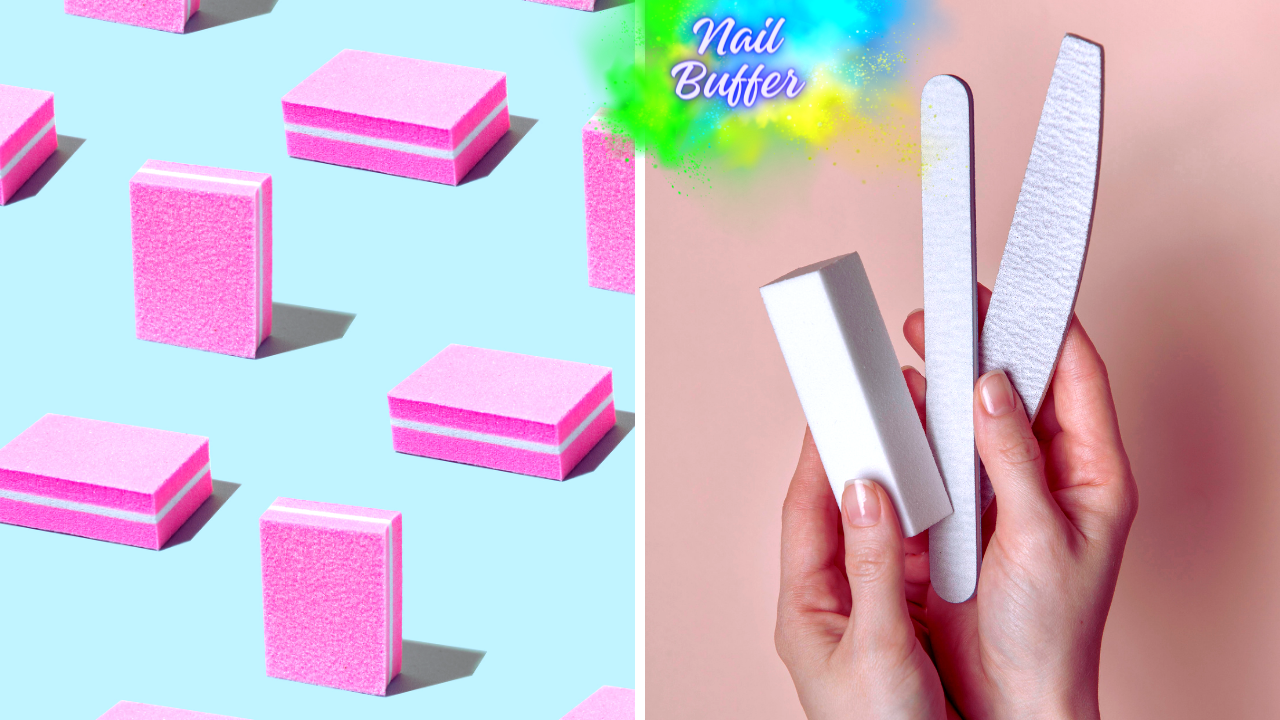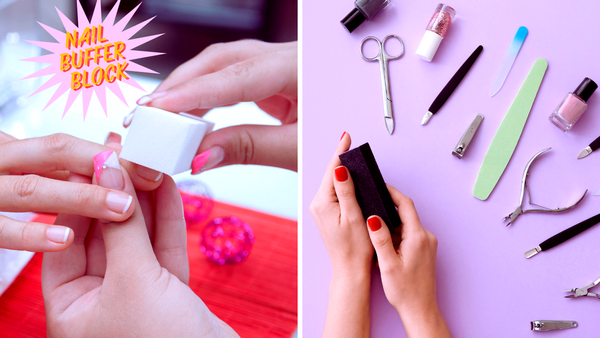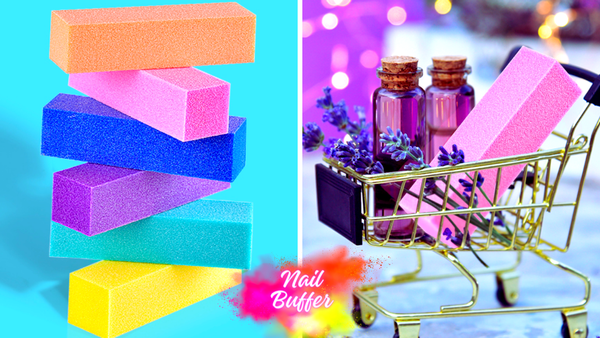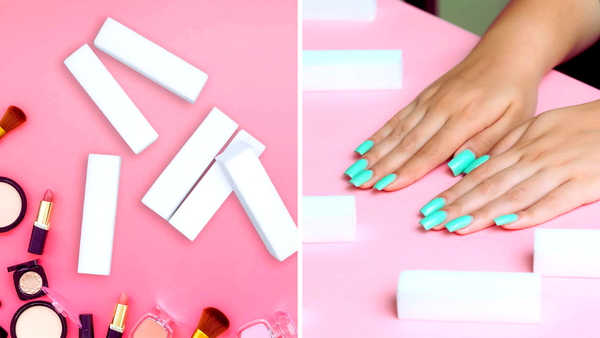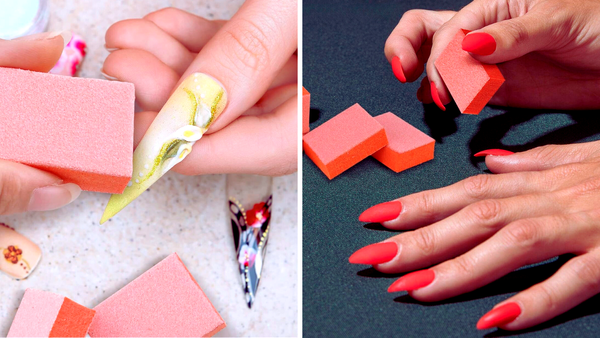Key Takeaways:
- Nail buffers are essential tools in nail care for creating a smooth, high shine on the natural nail surface.
- Understanding the different grits and proper techniques is crucial to avoid nail damage from over-buffing.
- Nail buffers come in various shapes and materials, each suited for specific nail grooming needs.
Nail care is an integral part of personal grooming, and having the right tools is essential for achieving a polished look. Among these tools, one that often raises questions is the nail buffer. So, is nail buffer a tool? Absolutely. A nail buffer is designed to smooth and shine the nail plate, enhancing the natural nails' appearance or preparing them for nail polish or gel polish application.
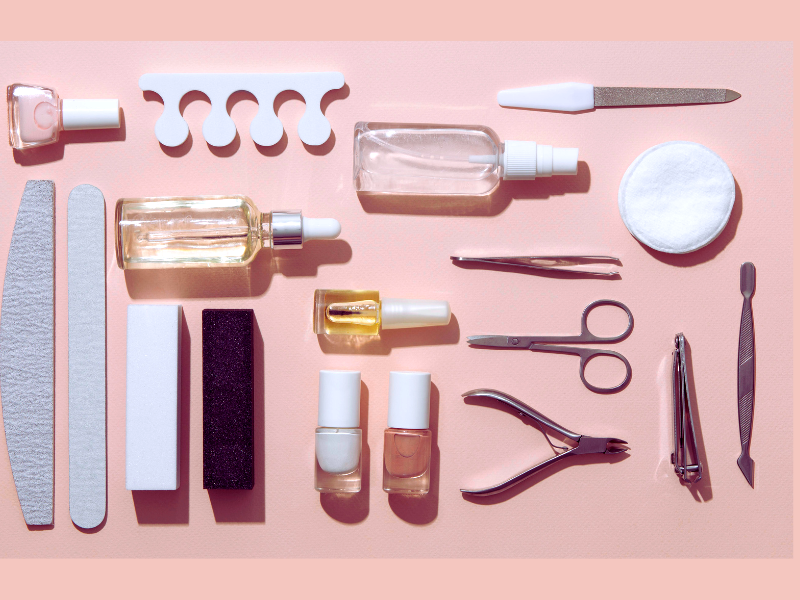
The Role of Nail Buffers in Nail Care
Nail buffers play a crucial role in the nail industry. They are not just for professionals offering nail care services but also for anyone looking to maintain well-groomed nails at home. Buffing nails is a process that involves gently smoothing the nail surface to eliminate ridges and create an even texture. This is particularly important for those who enjoy nail art, as a smooth surface ensures that designs look their best.
Different Grits for Different Needs
Nail buffers come with different grits, each designed for a specific purpose. A coarser grit shapes the nail, while a fine grit smooths the nail surface. It's important to use these various grits properly to achieve the desired shape and shine without causing nail damage. Over-buffing with a coarser grit can thin the nail plate, leading to weakness and breakage.
The Anatomy of a Nail Buffer
A typical nail buffer might have sections with different grits, ranging from coarse to fine, to gently smooth and then polish the nail to a high shine. The design of nail buffers can vary, with some having a block shape and others resembling a flat emery board. Each type is tailored to suit the nail grooming needs of different users, whether they're working on natural nails, acrylic nails, or artificial nails.
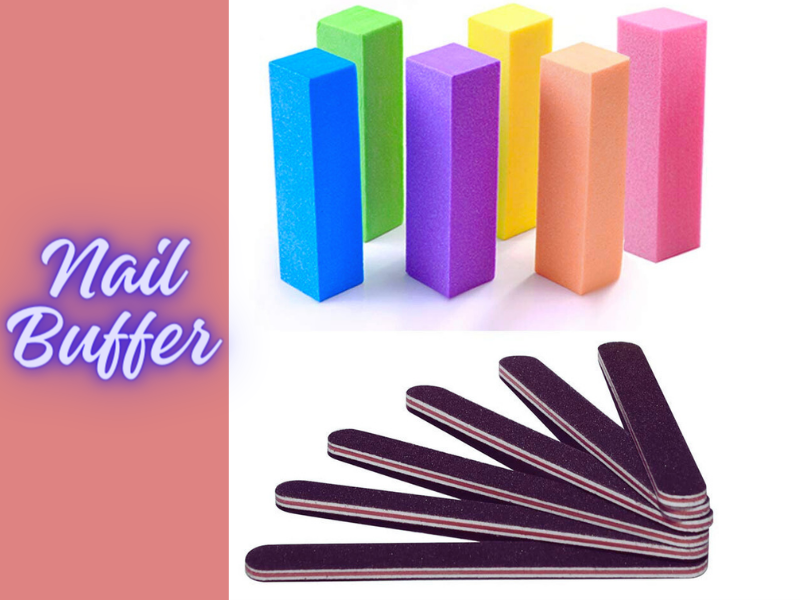
Choosing the Right Buffer for Your Nails
When selecting a nail buffer, consider the health and strength of your natural nails. Those with fragile or thin nails should opt for a buffer with a gentle touch to avoid further damage. For acrylic nails or artificial nails, a buffer with a coarser grit may be necessary to shape and smooth the surface before applying a base coat or nail art.
The Importance of Technique in Buffing
The proper way to buff nails is to use gentle, even strokes in one direction. This technique helps prevent excessive buffing, which can lead to nail damage. It's also important to avoid buffing too frequently, as this can weaken the nail bed over time. A good rule of thumb is to buff nails no more than once a month or as needed to maintain a smooth surface.
Nail Buffers vs. Nail Files
While nail buffers and files are essential tools in nail care, they serve different purposes. Nail files are primarily used to shape the edges of the nails, while nail buffers are designed to smooth the nail surface and create shine. It's important to have both tools in your nail grooming kit to achieve a complete and polished look.
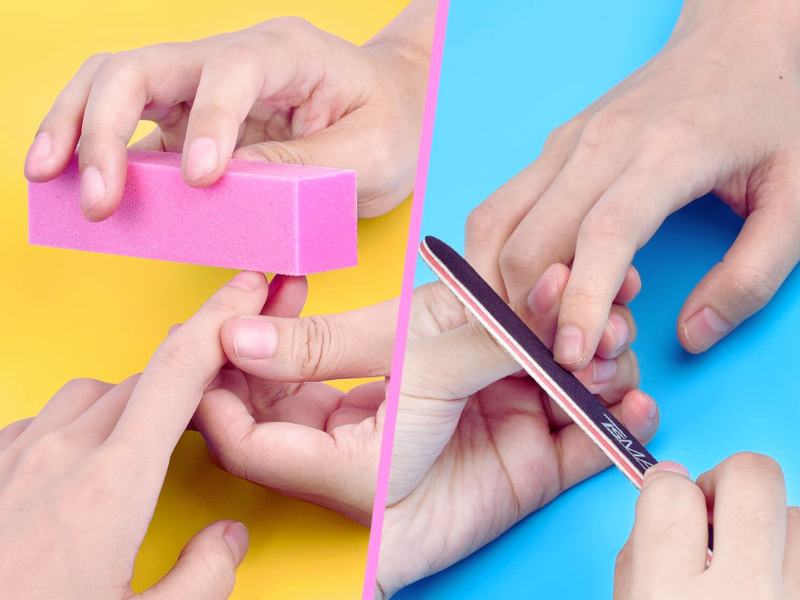
The Evolution of Nail Buffers
Over the years, nail buffers have evolved to meet the changing demands of the nail care industry. From the traditional emery board to modern glass nail files, the options are vast. Glass files, in particular, have gained popularity for their durability and gentle touch on the nails. They are often preferred by customers seeking a long-lasting tool that won't wear down quickly.
The Impact of Material on Performance
The material of a nail buffer can significantly affect its performance and staying power. Glass nail files, for example, are known for their fine grit and ability to create a smooth surface without causing damage. On the other hand, buffers made from foam or rubber may offer a more cushioned buffing experience, ideal for achieving a high shine on natural nails.
Nail Buffers in Professional Settings
Nail buffers are indispensable tools in salon settings. Nail technicians rely on them to prepare the nail plate for various treatments, ensuring that nail polish or gel polish adheres properly and lasts longer. The right buffer can make a significant difference in the staying power of a manicure or pedicure, making it a crucial investment for any salon.
Nail Buffers for Home Use
For those who prefer to care for their nails at home, having a quality nail buffer is just as important. It allows for regular maintenance of the nails, keeping them looking smooth and polished between salon visits. With the proper technique and a gentle touch, anyone can achieve salon-quality results with the right nail buffer.

The Do's and Don'ts of Nail Buffing
When it comes to buffing nails, there are some key do's and don'ts to keep in mind. Use a gentle touch and buff in one direction to avoid nail damage. Don't overdo it—excessive buffing can weaken the nails. Always clean your nail buffer regularly to prevent the spread of bacteria and prolong its life.
Nail Buffers as a Beauty Staple
Nail buffers have become a staple in the beauty industry, not just for their functional benefits but also for their aesthetic appeal. Many nail care companies now offer buffers with stylish designs and company logos, making them not only a tool but also a fashion statement.
The Versatility of Nail Buffers
Nail buffers are not limited to just smoothing and shining the nail surface. They can gently push back cuticles and clean up the skin around the nails. This versatility makes them an essential tool for anyone seeking comprehensive nail care.
Nail Buffers and Nail Health
Regular use of a nail buffer can contribute to overall nail health. By maintaining a smooth surface, buffing helps to prevent snags and tears that can lead to further nail damage. It's an easy yet effective step in any nail care routine that can make a noticeable difference in the appearance and strength of your nails.
Nail Buffers for Special Occasions
Whether it's a wedding, a job interview, or any other event where you want to look your best, a nail buffer can help you achieve polished and refined nails. A quick buffing session can add elegance to your overall look, ensuring that your nails complement your outfit and style.
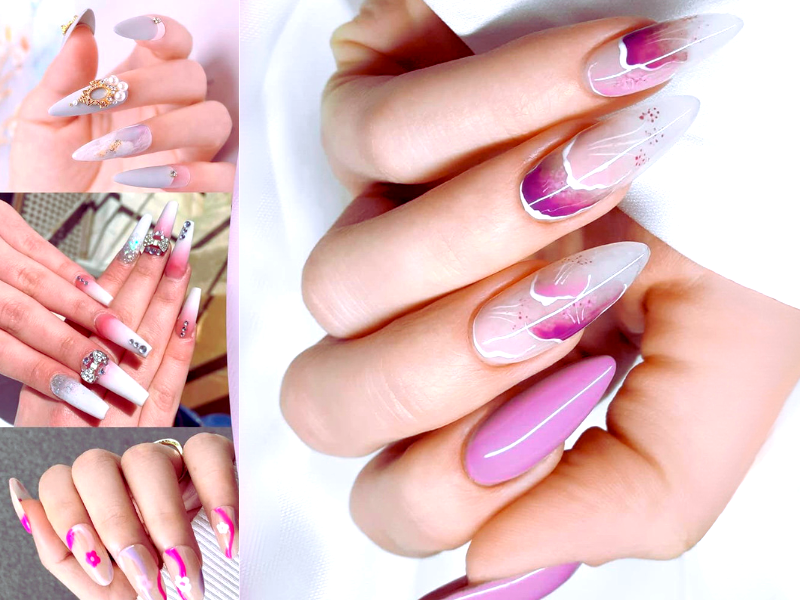
Nail Buffers as Gifts
Nail buffers make excellent gifts for friends and family who appreciate beauty and self-care. They are practical, affordable, and come in various shapes and sizes to suit different preferences. Whether for a birthday, holiday, or just because, a nail buffer is a thoughtful present that encourages pampering and grooming.
Making the Right Purchase
When buying a nail buffer, consider the quality and reputation of the brand. Look for reviews from verified buyers and choose a product with a proven track record of performance and durability. A good nail buffer is an investment in your nail care routine that will pay off in the long run.
Nail Buffers and Environmental Considerations
As consumers become more environmentally conscious, the nail care industry responds with more sustainable options. Some nail buffers are now made from eco-friendly materials, offering a green alternative to traditional nail care tools. When making a purchase, consider the environmental impact of the product and opt for brands that prioritize sustainability.
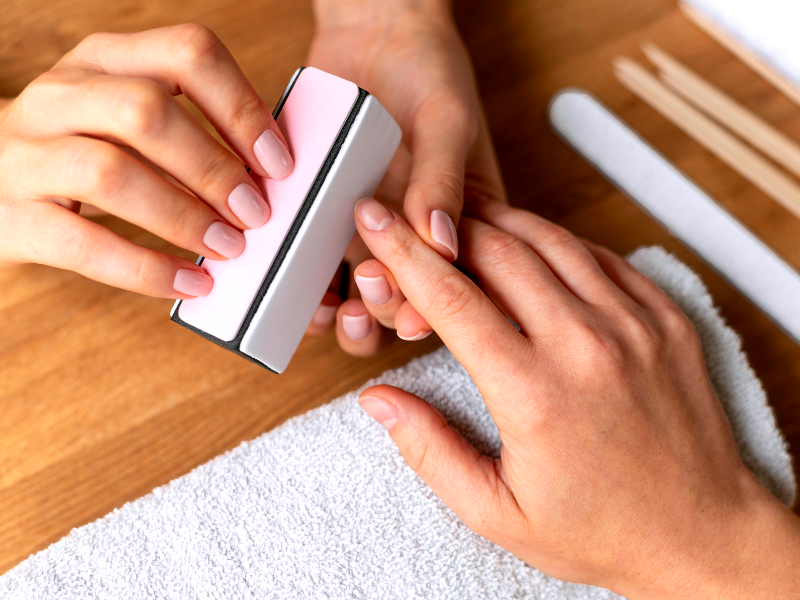
Summary
Nail buffers are indeed tools, and essential ones at that, for anyone looking to achieve smooth, shiny nails. They come in various shapes and materials, each designed to cater to different nail care needs. By understanding the proper techniques and choosing the right buffer, you can avoid nail damage and maintain healthy, polished nails. Whether for professional use or at-home grooming, nail buffers are crucial to any nail care kit.
FAQ Section
Can over-buffing damage my nails?
Over-buffing can thin the nail plate and lead to weakness and breakage. It's important to use a gentle touch and buff in one direction to minimize the risk of damage.
How often should I use a nail buffer?
To maintain a smooth surface, it's generally recommended that you buff your nails no more than once a month or as needed. Avoid buffing too frequently to prevent the nails from weakening.
Are glass nail files better than traditional emery boards?
Glass nail files are often preferred for their durability and gentle touch. They can create a smooth surface without causing damage and tend to last longer than traditional emery boards. However, the best choice depends on your specific nail care needs and preferences.
